Finding the right shoes when you have bunions can feel like a never-ending quest. Bunions don’t just make shopping frustrating—they can turn your favorite pair of shoes into daily discomfort.
At Kizik, we believe that no one should have to sacrifice comfort for style, especially when they have bunions. Whether you're searching for all-day support, or a little relief during your errands, understanding what makes a shoe bunion-friendly is your first step.
Read on to discover how the right pair of shoes can give your feet the care they deserve.
What are bunions?
First things first—what exactly are bunions? A bunion, medically known as hallux valgus, is a bony bump that forms at the base of your big toe.
It happens when the bones in the front of your foot shift out of alignment, causing your big toe to lean toward the others. Over time, this misalignment creates swelling on the side of your foot.
Common signs of bunions:
-
Swelling, redness, or tenderness around the big toe joint.
-
A visible bump at the base of the big toe.
-
Pain while walking or wearing tight shoes.
-
Restricted movement in your big toe.
Bunions are more than a cosmetic issue—they can affect balance and cause other foot problems like hammertoes, corns, or plantar fasciitis. For those with wide feet, bunions can also make finding comfortable shoes harder.
What causes bunions?
Wondering what causes the bones in the front of your foot to shift out of alignment? Although genetics can play a big role in bunion development, other factors can make things worse.
Here are the primary culprits:
Inherited foot structure
Some people are simply born with a shape or structure in their feet that’s more prone to developing bunions, like flat feet or overly flexible joints.
Arthritis
Conditions like rheumatoid arthritis can weaken and inflame the joints in your feet, making them more susceptible to misalignment.
Pronation
When your feet roll inward excessively while walking, it puts extra pressure on the big toe joint, encouraging a bunion to form.
Injuries or trauma
A foot injury or repetitive stress can disrupt the natural balance of your foot, contributing to bunion development.
Can your shoes affect bunions?
Believe it or not, what you wear on your feet significantly impacts bunions, too. Shoes that are too tight, too narrow, or lack proper support make existing bunions worse—and can even contribute to their development in the first place.
High heels, for example, force your toes into an unnatural, cramped position that places extra pressure on the big toe joint. Similarly, shoes without arch support or cushioning can cause your feet to work overtime, aggravating bunion pain.
What are the best shoes for bunions?
We’ve gone over the causes, the problems, and the red flags—but what about finding shoes that actually help?
Here’s what to look for:
Roomy toe boxes for foot health
Shoes with a roomy toe box are crucial for anyone with bunions. They allow your toes to spread naturally, easing pressure and minimizing bunion discomfort. Walking shoes and stylish dress shoes with a wide toe box are essential types of shoes that cater specifically to foot health and comfort.
Kiziks
Kizik hands-free shoes excel in offering both style and relief for bunion sufferers. These cushy slip-ons are designed with wide options and stretchable uppers, ensuring a fit that’s snug yet comfortable. The supportive midsole and cushioned footbed work together to provide relief. In fact, Kizik is a top choice for those needing bunion-friendly shoes.
Luxurious leather shoes with soft support
Choose soft leather shoes like suede that mold to your feet without squeezing. They’re durable, flexible, and help reduce bunion discomfort. Perfect for any occasion, they keep your feet comfortable and stylish.
How can you keep your feet happy with bunions?
Picking the right shoes for bunions is just one piece of the puzzle—keep these tips in mind to help manage discomfort and keep your feet feeling their best:
Prioritize proper fit
Make sure your shoes fit correctly—this isn’t the time to squeeze into a smaller size or hope that snug dress shoes will “break in.” Look for a pair with a wide toe box and enough room to avoid pressure on the big toe joint. Shoes with laces or adjustable straps can also help you customize the fit so your feet feel supported but never cramped.
Use insoles or inserts
Adding an orthotic device like an insole or insert into your shoes can transform how they feel. Our Arch Form Insole provides firm support and follows the natural contour of your foot, offering serious rebound for those long days. If maximum cushioning is your vibe, the Super Squish Insole molds to your foot for a cloud-like experience, keeping you comfy step after step.
Stretch your feet daily
Gentle stretches for your toes and arches can reduce tension and improve flexibility. A simple move? Use your hands to gently stretch your big toe away from the others, holding for a few seconds. This can help relieve pressure and keep your feet feeling looser.
Conclusion
We’ve covered what causes bunions, how to avoid shoe mistakes, and why some shoes just don’t work. But when it comes down to it, which shoes will keep you comfortable without cramping your toes—or your style?
Enter Kizik, the go-to for bunion relief. Our hands-free, slip-on design and cushy comfort let you slide in with ease and stay stylish.
Whether you’re out and about or at the office, our shoes keep you moving comfortably. With wide options to give your toes space, we’re all about style and support.
Check out our latest lineup, where comfort meets cool, and bunion-friendly is a given. Your feet deserve it!
Sources:
Bunions: Symptoms, Causes, & Treatment | Healthcare | Cleveland Clinic
Bunions - Symptoms & causes | Mayo Clinic
Rheumatoid Arthritis: Symptoms, Diagnosis, and Treatment | Arthritis Foundation
Exercises and stretches to keep your feet healthy | Harvard Health


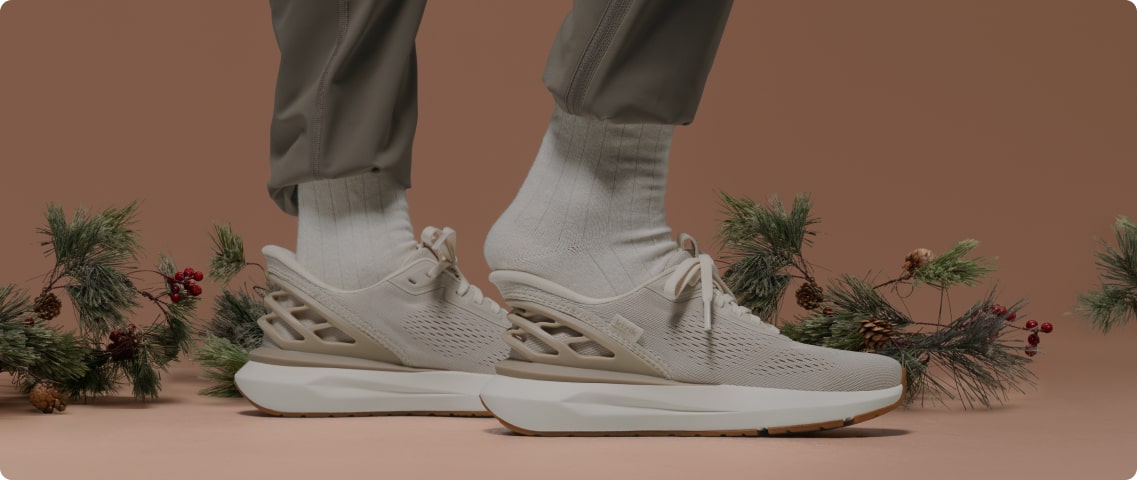
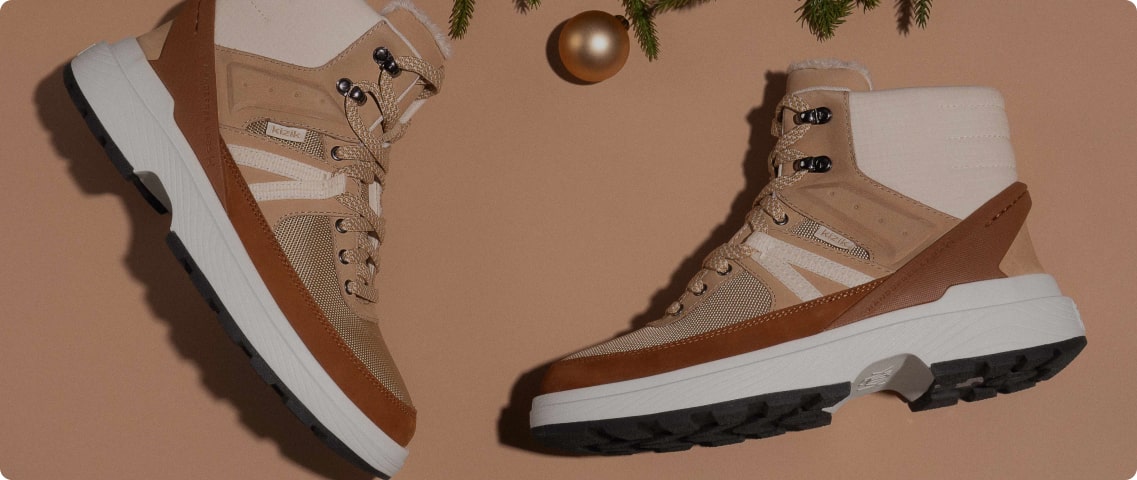
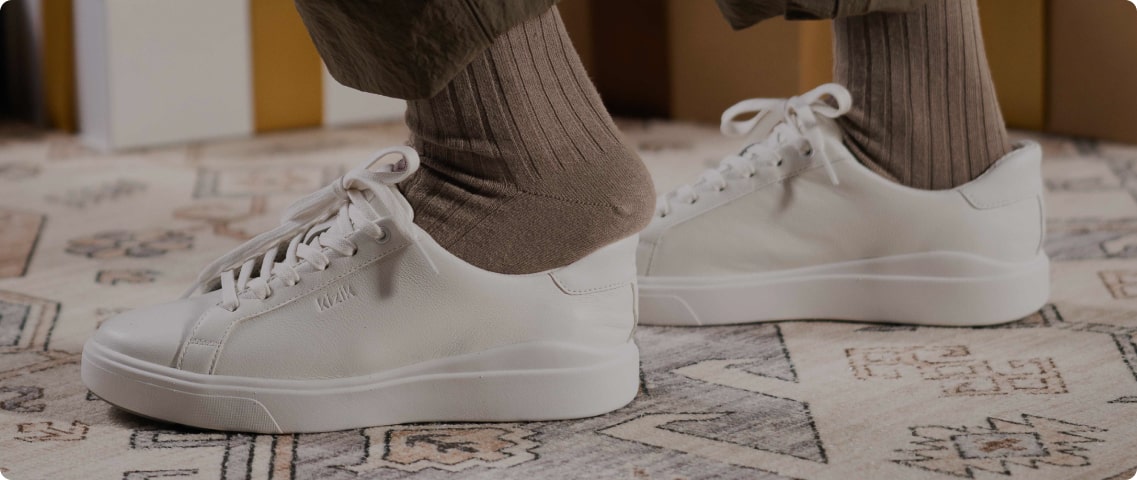
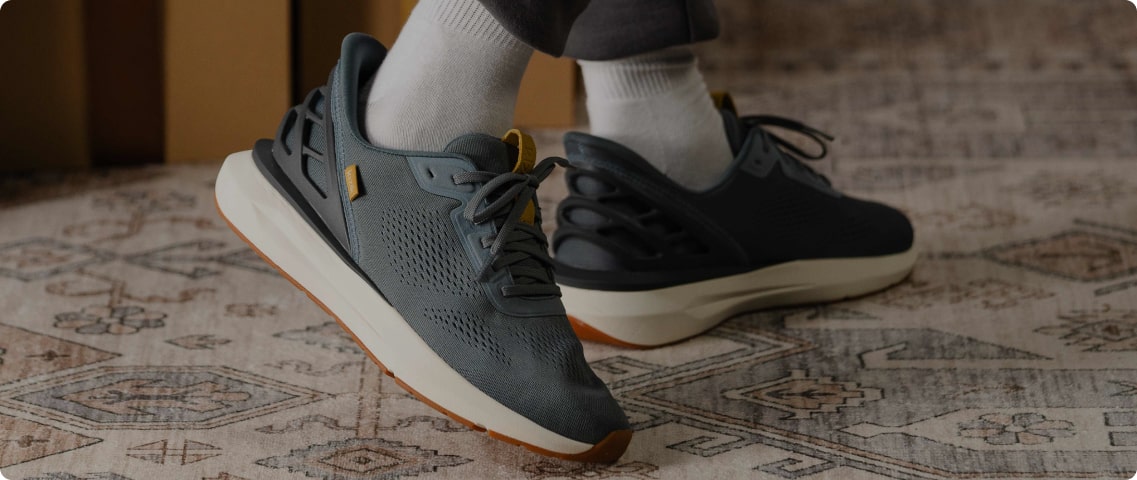
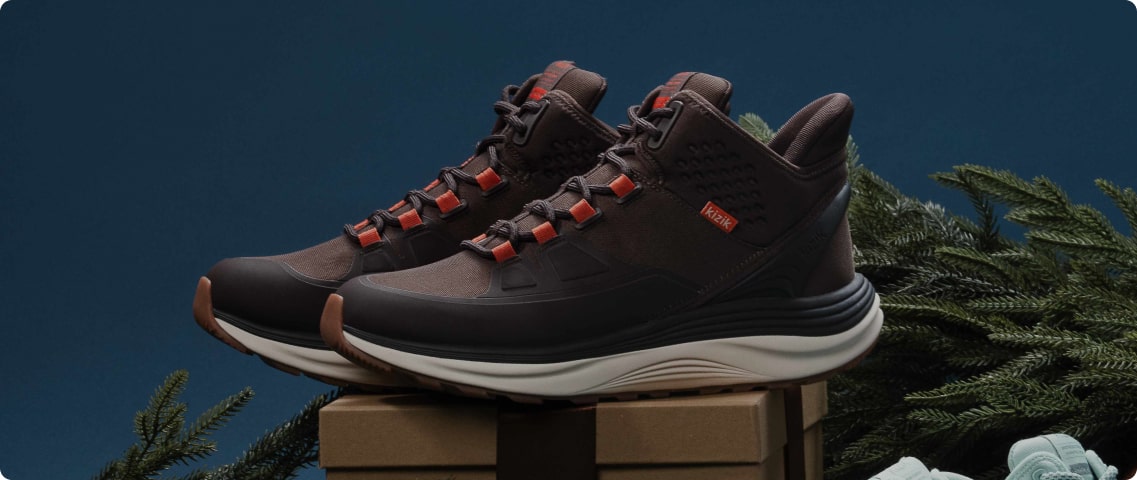
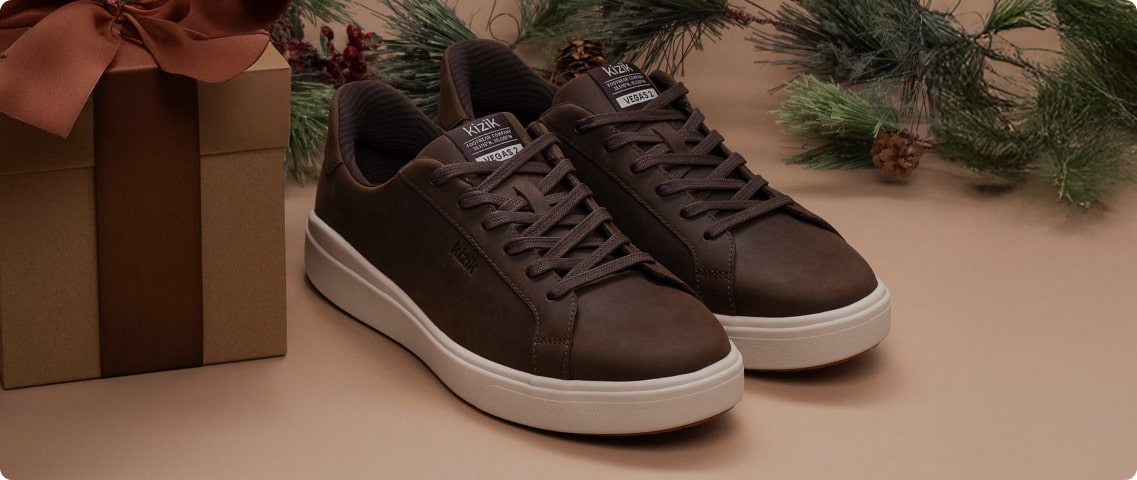
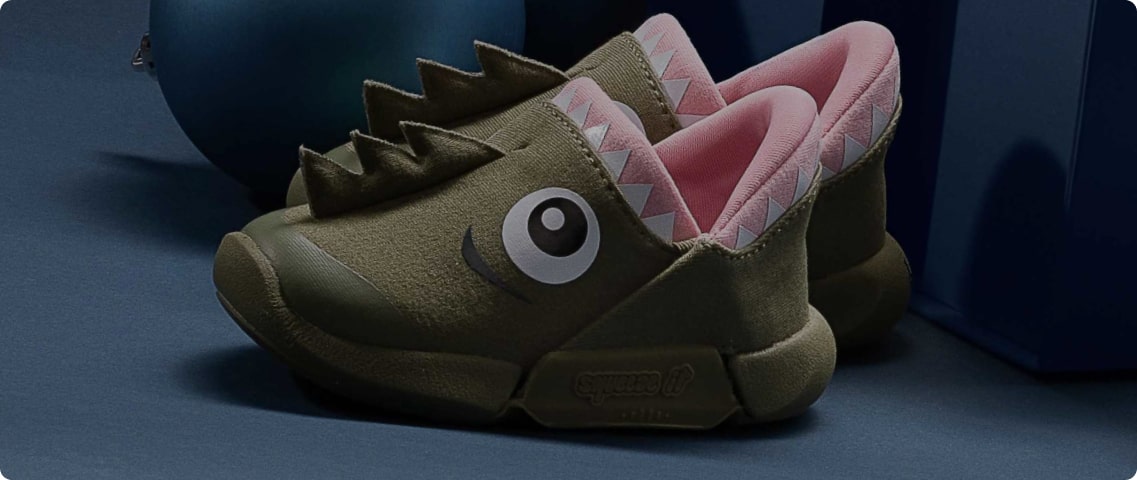
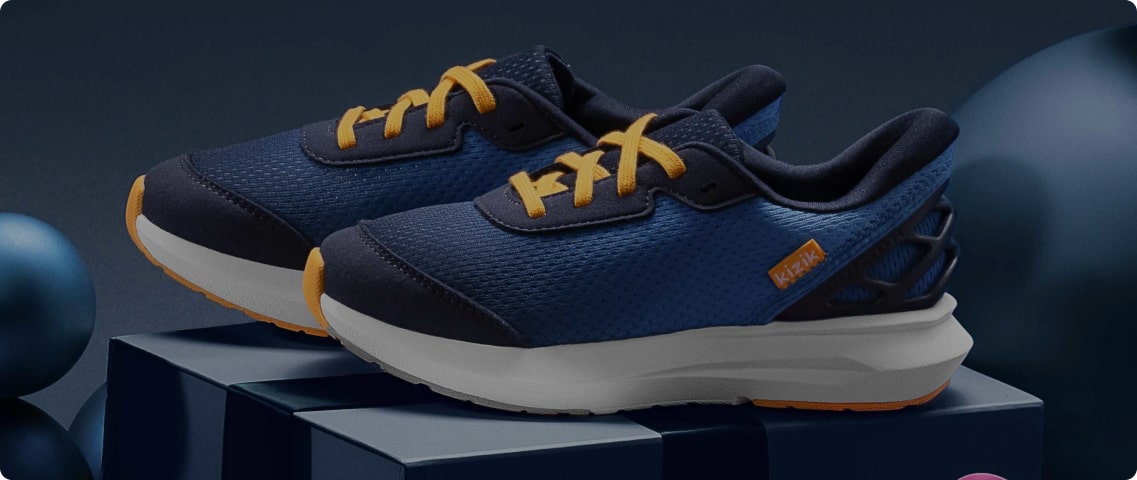
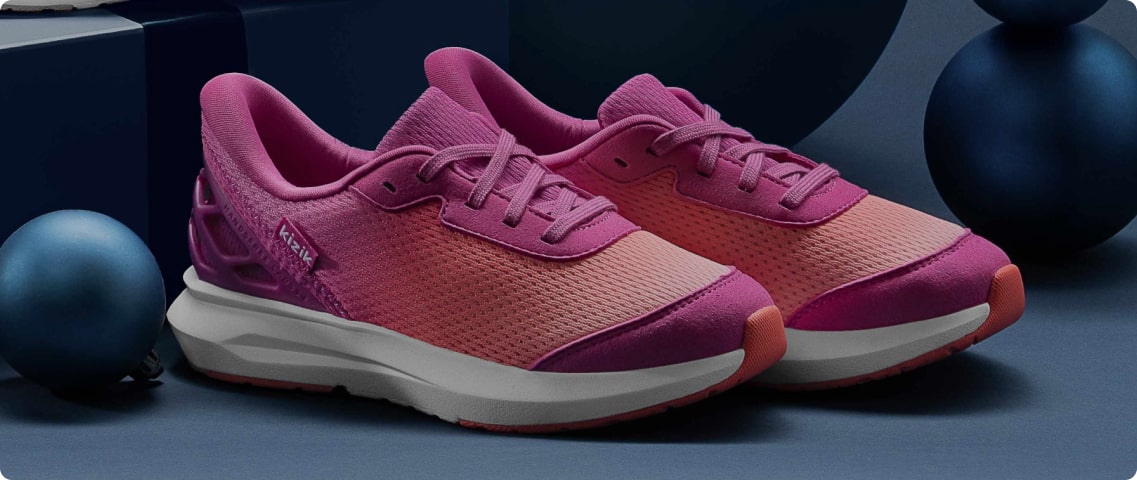
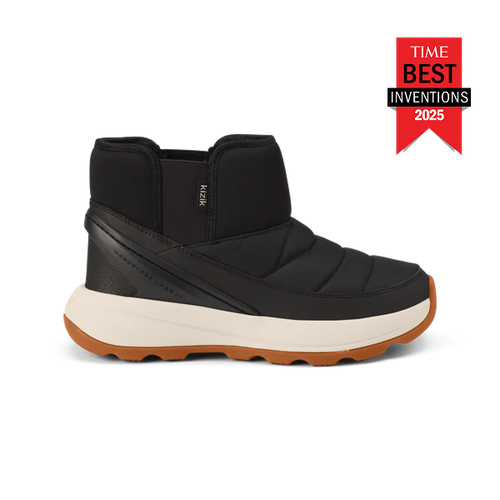
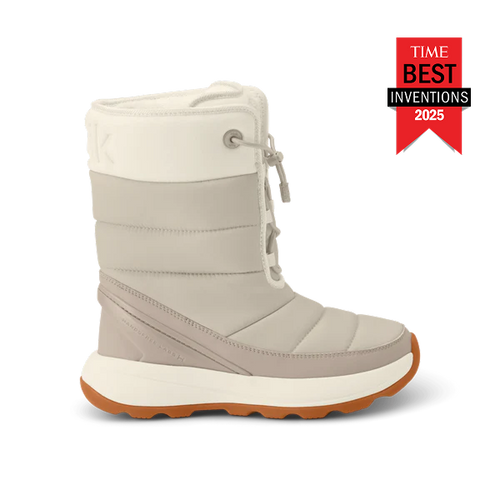
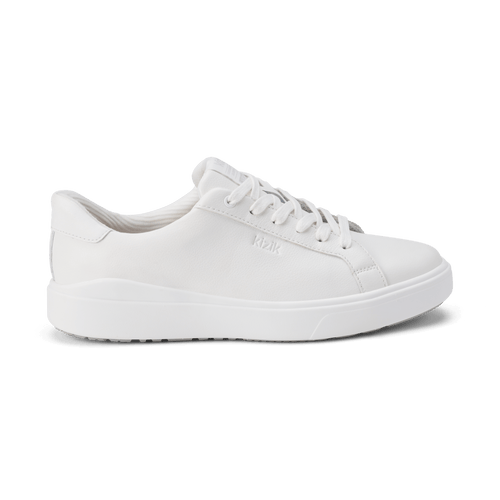
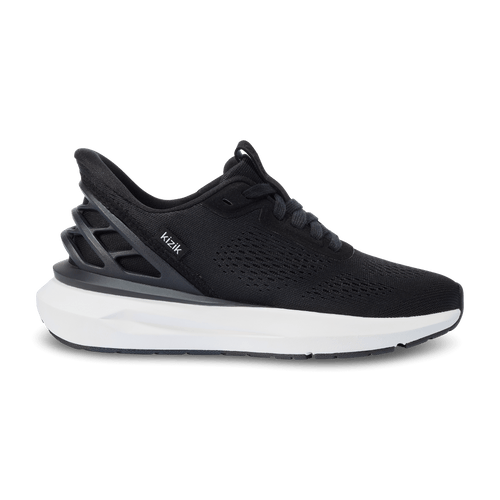
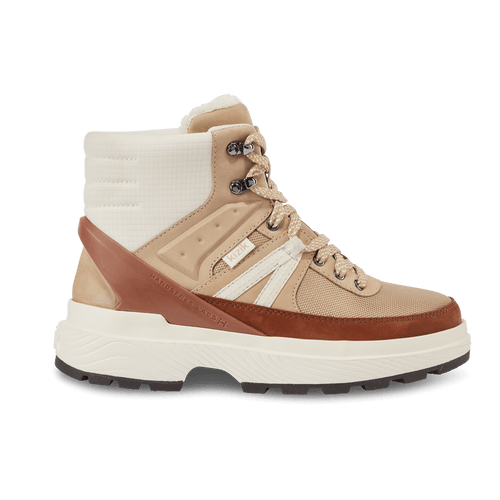
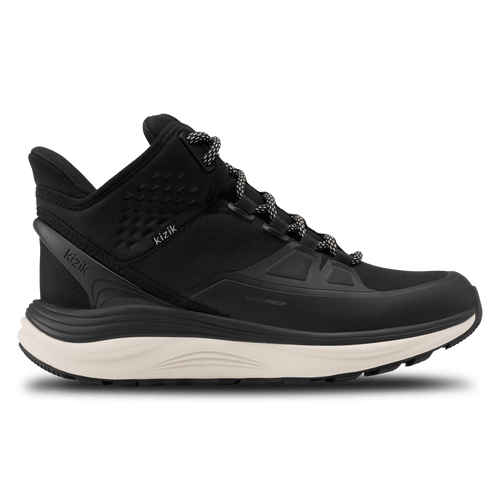
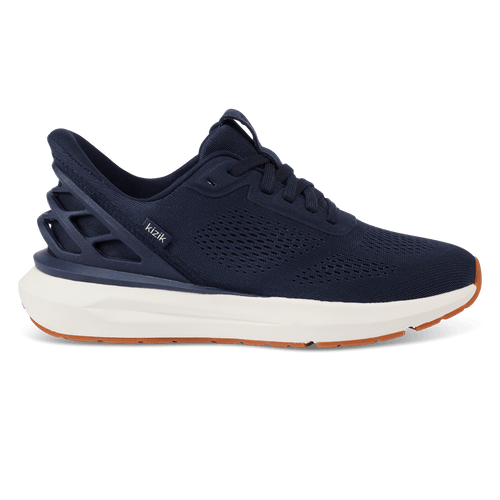
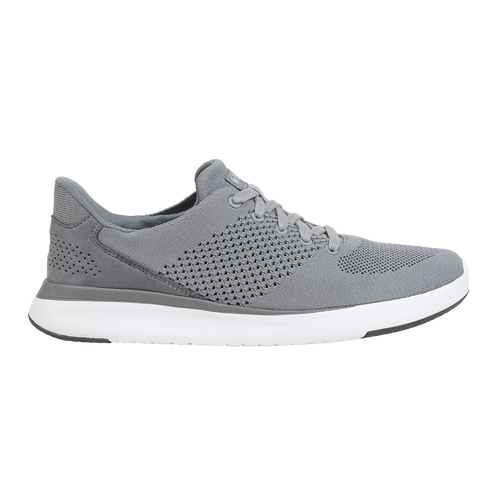
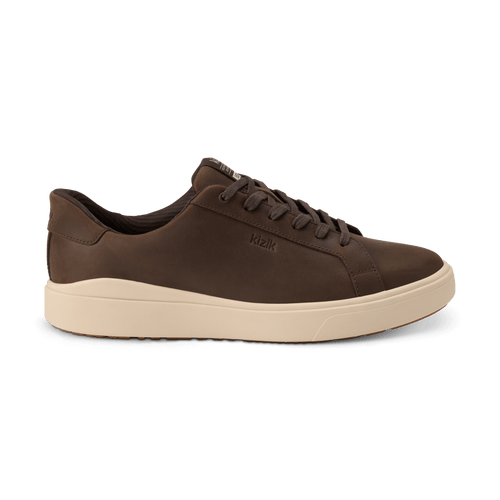
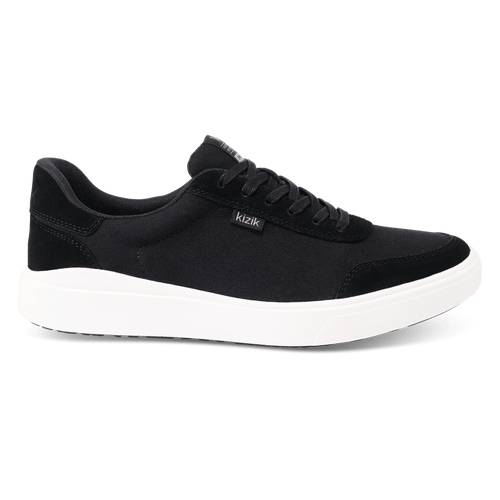
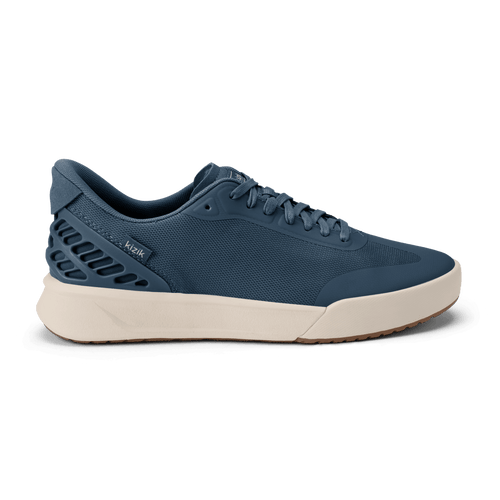
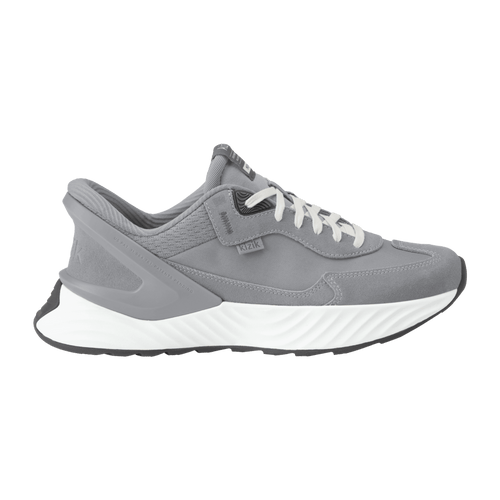
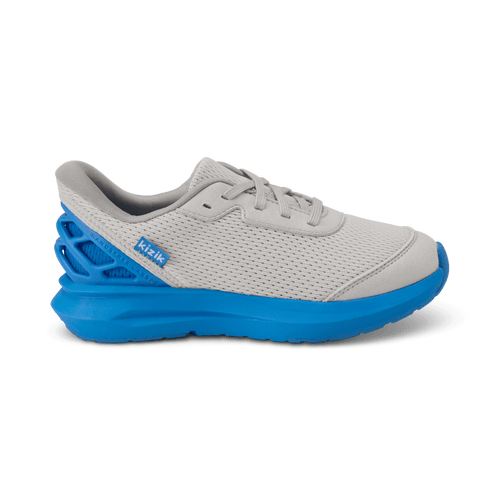
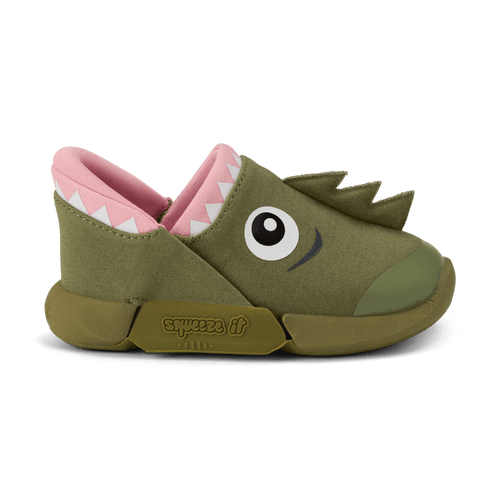

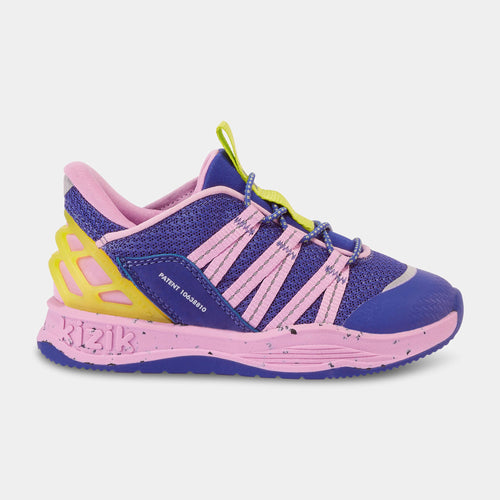
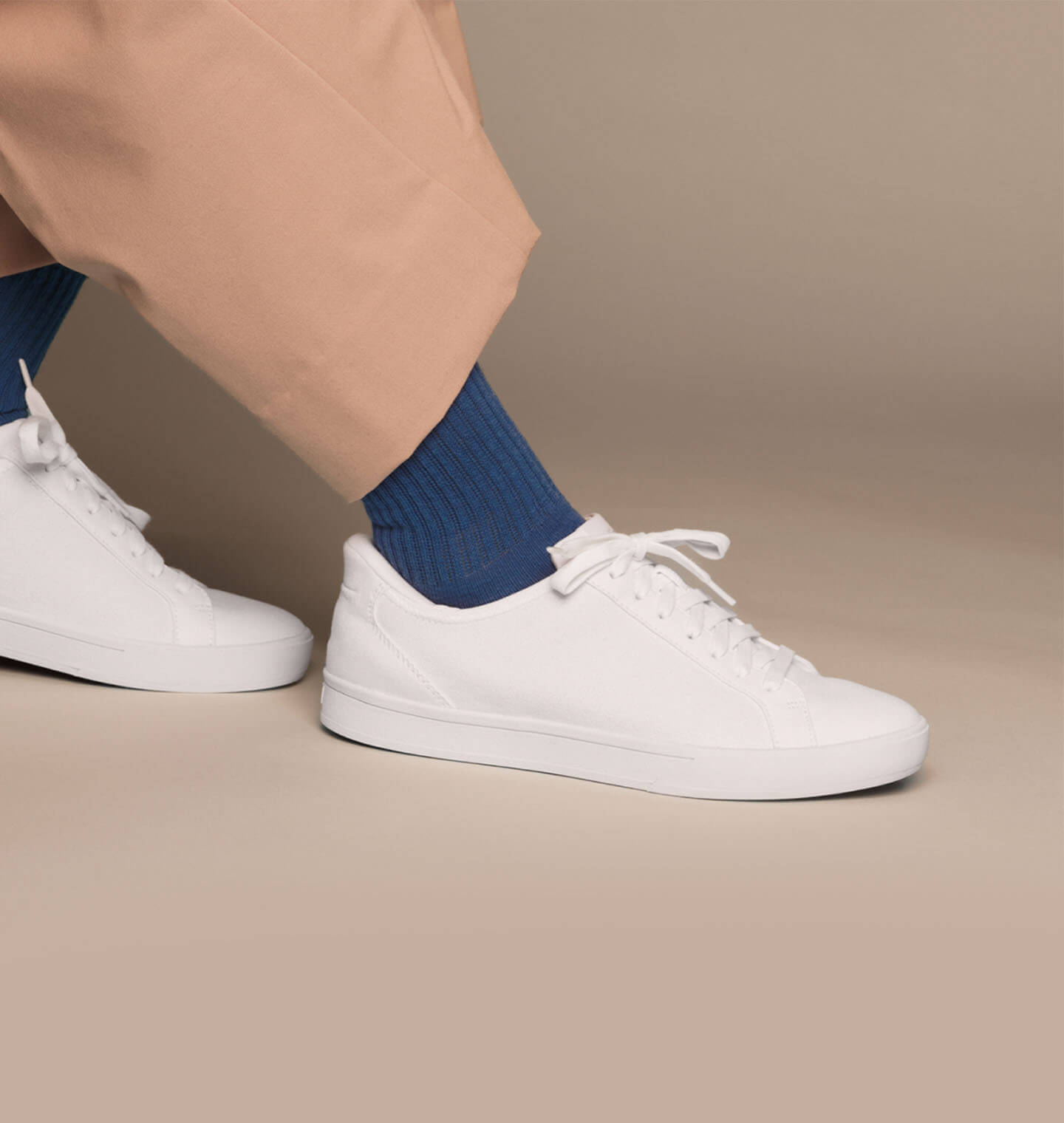
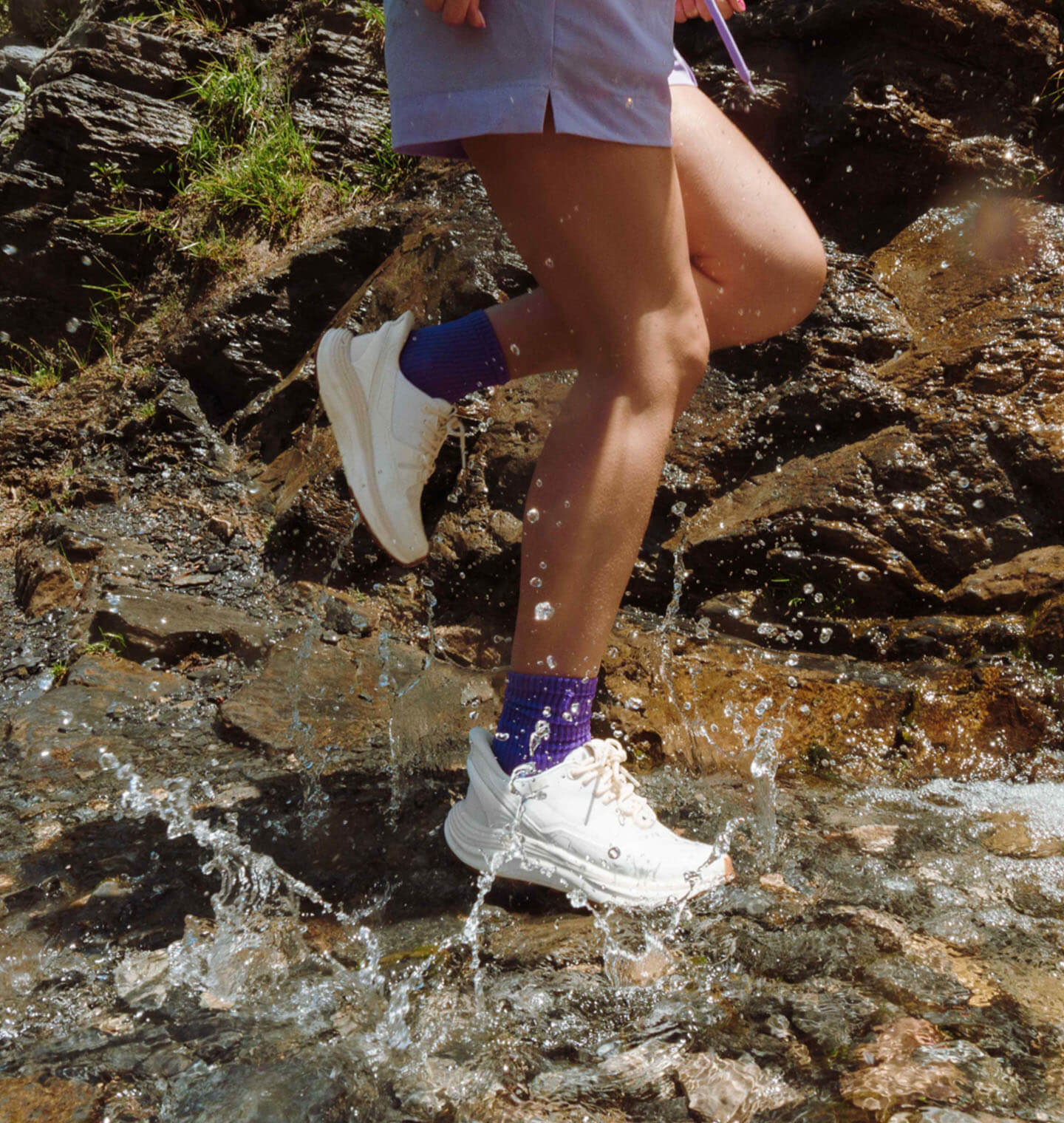
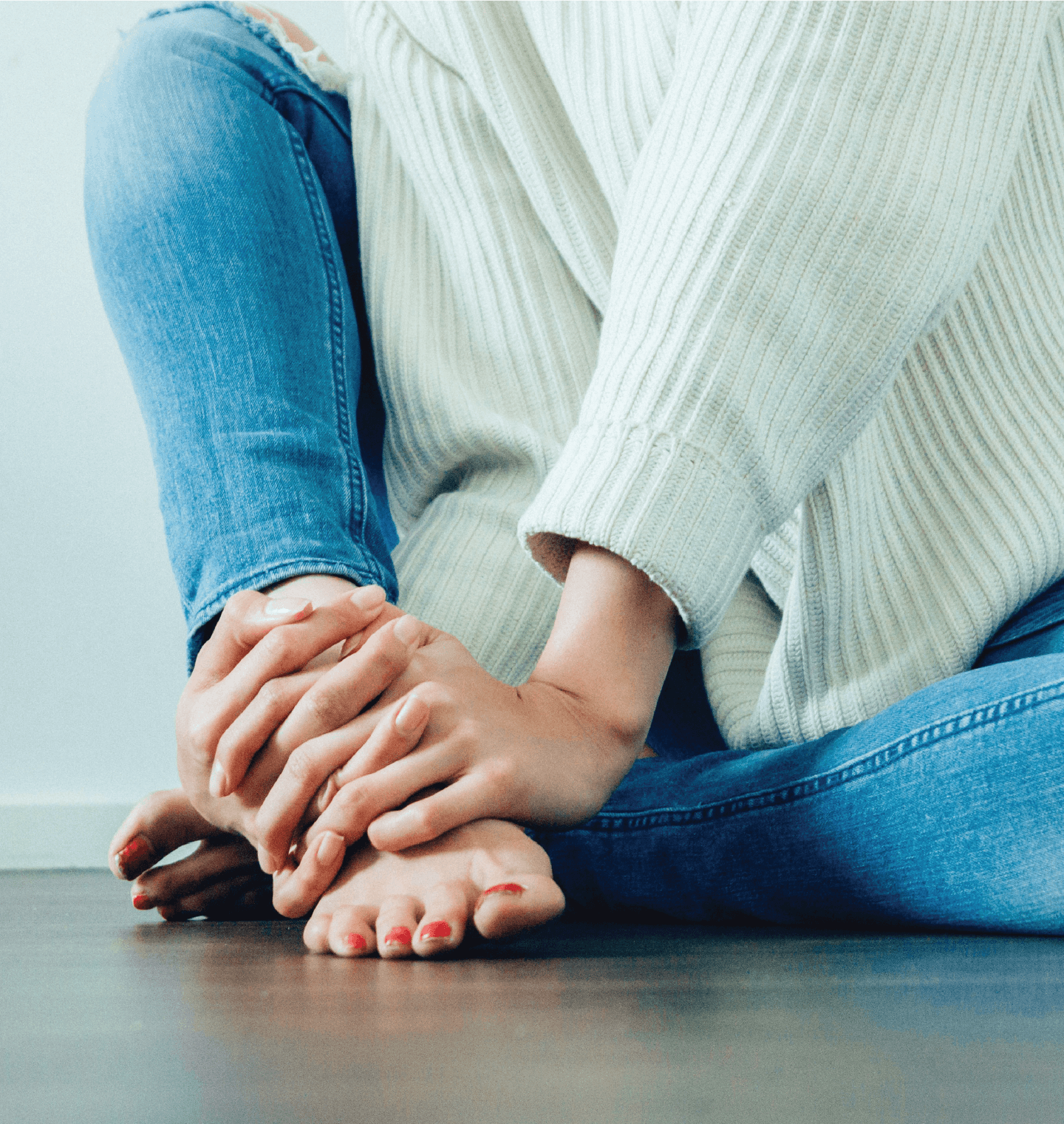
Leave a comment
This site is protected by hCaptcha and the hCaptcha Privacy Policy and Terms of Service apply.